Did you know Myrtle Beach is among the top 10 fastest-growing cities in America, attracting new residents at a record pace? This surge isn’t just about sunny shores—it's transforming communities, changing lifestyles, and raising key questions for anyone considering a move. If you’re dreaming of ocean breezes or simply weighing the pros and cons of living in Myrtle Beach , read on for honest, experience-driven insights that could shape your future on the Grand Strand.
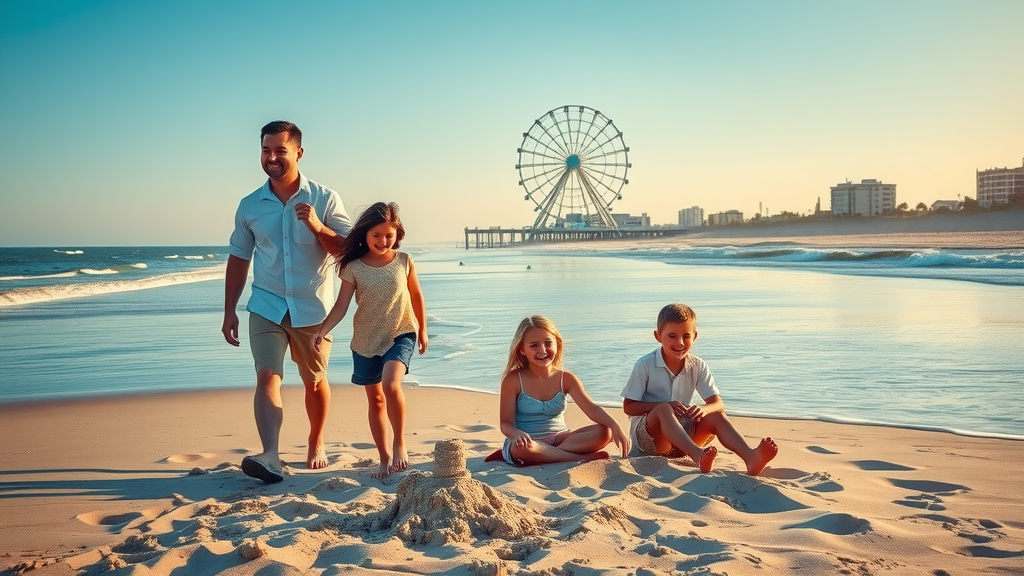
Living in Myrtle Beach: Surprising Facts that Define Life on the Grand Strand
When you think of living in Myrtle Beach , images of sun-kissed beaches and fireworks over the boardwalk probably come to mind. But beneath the vacation paradise vibe, there are fascinating trends reshaping daily life along the Grand Strand. With a swelling population and one of the nation’s fastest growth rates, Myrtle Beach is evolving from a seasonal hotspot into a dynamic year-round community. Many locals cite the low cost of living, quick access to world-class golf courses, and strong southern hospitality as key motivators for settling down.
The Grand Strand—Myrtle Beach’s iconic coastal stretch—plays host to diverse neighborhoods, from bustling downtowns to tranquil, family-friendly suburbs. Population shifts are influencing everything from school system improvements to the types of real estate options available, with more homes for sale and expanding amenities. This evolution creates a vibrant, welcoming environment, but also brings new challenges in infrastructure and job opportunities. The decision to make a home here often comes down to one crucial question: do the perks outweigh the headaches?
-
Discover why Myrtle Beach is among the top 10 fastest-growing cities in the U.S.
-
Learn how population trends are reshaping local communities
-
See what really makes ‘living in myrtle beach’ so unique

What You Need to Know: Key Takeaways on the Pros and Cons of Living in Myrtle Beach
Before you pack your bags, it’s vital to truly understand the pros and cons of living in Myrtle Beach . While the cost of living remains impressively lower than the national average and real estate options abound, these benefits are balanced by seasonal crowding and a job market tied largely to the tourism industry. Every spring and summer, the city transforms into a bustling hub—boosting business but also traffic, housing demand, and service wait times.
Residents enjoy affordable homes for sale , access to beach area entertainment like amusement parks, a friendly vibe, and family-friendly events. Yet, they also adapt to hurricane risks, fluctuating employment streams, and a pace of life that can alternate between serene and downright hectic. Understanding these dynamics is key for anyone debating a future in the Grand Strand.
-
Get a summary of the greatest benefits and biggest drawbacks of living in myrtle beach
-
Uncover lifestyle dynamics shaped by cost of living, real estate, and employment trends
-
Grasp why ‘pros and cons of living in myrtle beach’ influence new residents’ decisions
|
|
Myrtle Beach: Advantages vs. Disadvantages |
|
Main Advantages |
Main Disadvantages |
|---|---|
|
Beaches & ocean access |
Hurricane & flooding risk |
|
Low cost of living & affordability |
Heavy tourist crowds in summer |
|
Tourism-driven economy, business opportunities |
Job seasonality & employment instability |
|
Outdoor recreation & golf courses |
Traffic congestion, parking shortages |
Moving to Myrtle Beach: What Makes the Grand Strand So Appealing?
"I chose Myrtle Beach for the ocean sunsets and stayed for the welcoming community — but summer isn’t all carefree," says a current Grand Strand resident.
For many, moving to Myrtle Beach represents more than just a change of address—it's a lifestyle upgrade. The area offers a longer outdoor season than most other East Coast destinations, making it a magnet for those who love swimming, golfing, or fishing from sunup to sundown. The city’s vibrant events calendar, bustling boardwalk, and easy access to amusement parks give everyone from retirees to young families plenty of reasons to stay entertained.
The heart of Myrtle Beach’s appeal lies in its sense of community. From locally owned shops and renowned seafood shacks to annual festivals that bring everyone together, the Grand Strand is as much about friendly faces as sandy shores. But with great popularity comes the occasional bump—especially during high season, when patience with traffic and crowds becomes as important as your sunscreen.
If you’re looking for a more detailed breakdown of the lifestyle, housing, and employment factors that shape daily life here, you’ll find additional firsthand perspectives and practical tips in this comprehensive guide to the pros and cons of living in Myrtle Beach .
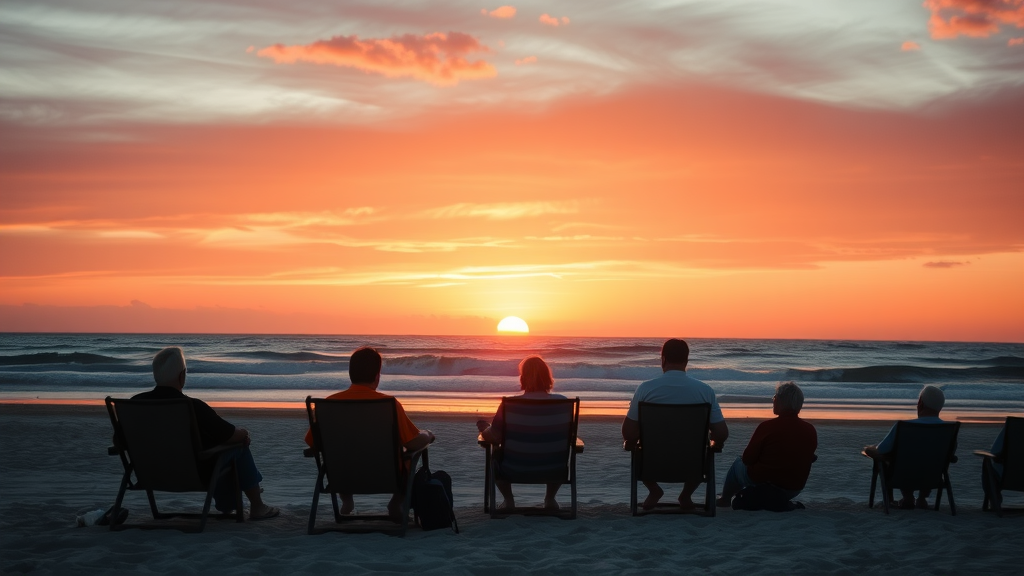
The Irresistible Pros of Living in Myrtle Beach
Let’s start on a high note: living in Myrtle Beach lets you enjoy affordable cost of living , steady real estate appreciation, and a level of natural beauty that draws visitors from across the world. Compared to most coastal destinations, the sale price for homes is still appealing, and those who buy in often see growth as the area gains national attention. The robust tourism industry also fuels entertainment options unmatched for a city of this size, including live music, festivals, and amusement parks.
The Grand Strand is famed for its southern hospitality and vibrant mix of newcomers and long-timers who welcome diversity. Neighborhoods range from bustling Market Common and North Myrtle Beach to quieter Carolina Forest, offering something for every lifestyle. Fresh seafood, beach yoga, and a high calendar of community events make settling in easy for both families and singles. In short, if access to sandy shores and an active, affordable lifestyle are top priorities, Myrtle Beach is tough to beat.
-
Affordable cost of living compared to national averages
-
Vibrant local culture and endless entertainment options
-
Access to picturesque beaches and outstanding outdoor recreation
-
Friendly southern hospitality and diverse neighborhoods
-
Booming real estate and ample homes for sale
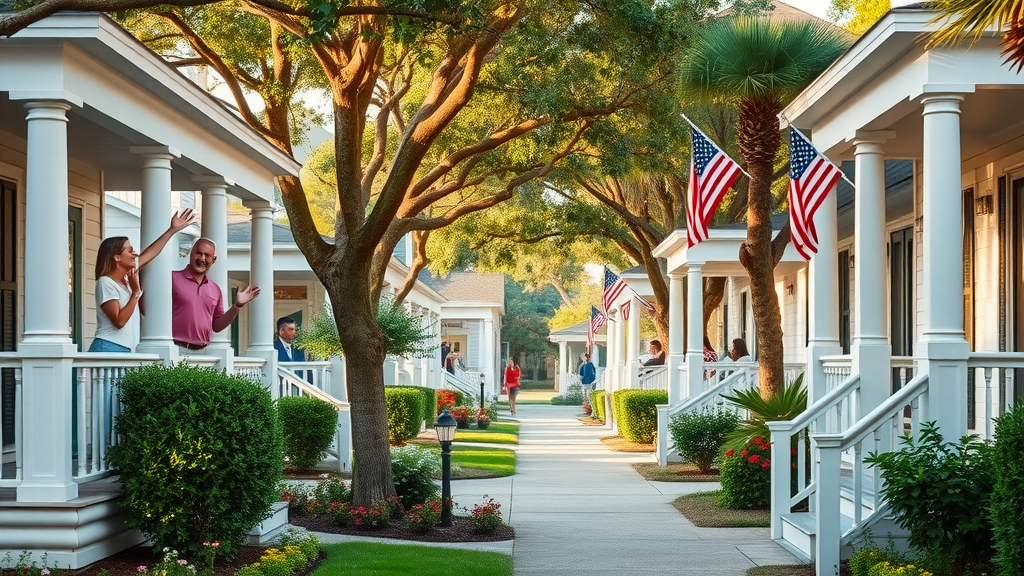
Under the Surface: The Cons of Living in Myrtle Beach
No paradise is perfect, and living in Myrtle Beach comes with unique challenges. The massive influx of tourists every summer can make simple errands feel like a marathon, and heavy beach traffic sometimes tests even the most Zen locals. Certain parts of the area are prone to flooding during storms and hurricanes—a fact that impacts property insurance rates and demands year-round preparation.
The job market is another wrinkle. While some sectors thrive year-round, Myrtle Beach’s economy is closely tied to the tourism cycle. This means employment can be seasonal, with some locals juggling multiple gigs or ramping up savings during the off-season. The public school system and infrastructure are constantly evolving to keep up with growth, but this sometimes creates disparities in school ratings and available resources. It’s important to weigh these aspects carefully if you’re thinking about raising a family here or buying a long-term home.
-
Seasonal crowds and heavy tourist traffic
-
Vulnerability to hurricanes and flooding
-
Job market heavily reliant on tourism cycles
-
Public school system ratings and available resources
-
Property insurance challenges
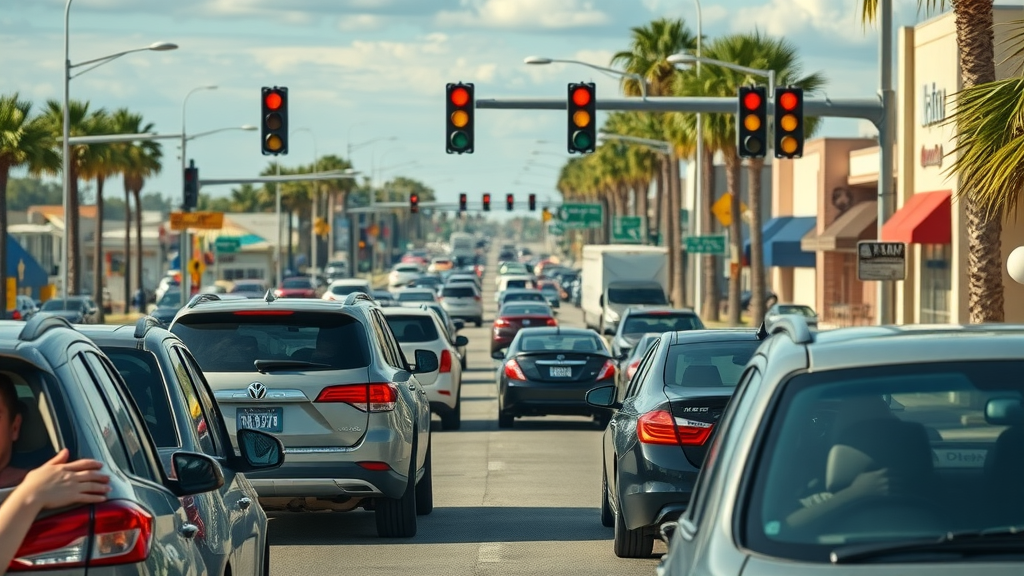
Cost of Living in Myrtle Beach: Myth vs Reality
The phrase “ low cost of living ” comes up again and again when discussing Myrtle Beach. But what’s the real story? Compared to many U.S. cities, daily essentials here—from groceries to utilities—are consistently lower than the national average. This is especially attractive for retirees, young families, and those pursuing a beachfront lifestyle on a budget. However, it’s not entirely sunshine and savings; expect real estate prices and rent to jump during the busy season, and be prepared for higher insurance premiums due to coastal risks.
While it’s possible to live frugally, recent growth and national attention have pushed up asking prices for both rentals and homes for sale . Local experts recommend budgeting proactively, shopping for housing deals off-season, and anticipating some extra costs in summer. With good planning, most newcomers find that Myrtle Beach still offers real value—especially when measured in ocean views and quality of life.
Breaking Down Expenses: Housing, Utilities, Groceries, and Transportation
When considering a move, a detailed look at the cost of living is essential. The Myrtle Beach area continues to offer lower-than-average expenses for housing and daily needs, especially in comparison to larger East Coast cities like Charleston or Wilmington. The typical median sale price for homes remains attractive, while property taxes and utility costs tend to be manageable year-round thanks to South Carolina’s tax structure and moderate climate.
Groceries, dining out, and local transportation are accessible, though prices can fluctuate during prime tourist months. It’s worth noting that while insurance—especially homeowner’s—is often more expensive in this coastal market, drivers and commuters benefit from lower overall gas prices. In summary, with a bit of local knowledge and flexible timing, living in Myrtle Beach can be both comfortable and budget-friendly.
|
|
|
|
|
Myrtle Beach vs. Other East Coast Cities: Cost Overview |
|
|
Myrtle Beach, SC |
Charleston, SC |
Wilmington, NC |
National Average |
|---|---|---|---|---|
|
Median Rent (2BR) |
$1,200 |
$1,800 |
$1,600 |
$1,400 |
|
Median Home Price |
$330,000 |
$525,000 |
$450,000 |
$400,000 |
|
Utilities (Monthly) |
$160 |
$180 |
$160 |
$190 |
|
Groceries (Monthly) |
$400 |
$440 |
$430 |
$420 |
Is Myrtle Beach Still Affordable for New Residents?
"You can live comfortably here without breaking the bank — if you shop around for homes for sale and budget for summer price spikes." – Local Realtor
Many new arrivals are drawn by the promise of an affordable oceanfront life, but it’s essential to be realistic. Market demand has led to a rise in sale price and rents, especially near the most desirable beach area. The good news? There’s wide variety, from luxury condos with ocean views to lower-priced single-family homes just a short drive from the sand. Flexible homebuyers and renters who monitor listings year-round can still snag excellent deals—just don’t wait until spring break to start your search.
Budgeting for unexpected extras—like higher grocery costs or parking passes during peak season—can keep new residents feeling secure. Pair this with connectivity to major highways and straightforward commutes, and you’ve got a formula for comfortable, coastal living lower than the national average.

Real Estate Realities: Moving to Myrtle Beach and Finding Homes for Sale
The real estate scene in Myrtle Beach is as dynamic as the waves. A mix of retirees, digital nomads, and families ensure a steady churn in the housing market, with new developments reshaping the Grand Strand every year. Buying has traditionally offered strong returns, given the region’s popularity and continued population growth, while renting offers flexibility for those still considering whether living in Myrtle Beach is the long-term fit.
Buying Versus Renting in Myrtle Beach: What Locals Suggest
Most locals agree: buying is often the best option if you plan to stay put for several years. Historic patterns show real estate appreciation here is consistent, with a median sale price for single-family homes still well below that of many coastal areas. On the flip side, renters enjoy easy access to popular neighborhoods—like North Myrtle Beach, Market Common, and Carolina Forest—where lifestyle amenities and short beach commutes make life sweet.
Navigating the sale in Myrtle Beach market can be competitive, especially for oceanfront or golf course communities; smart buyers should work with experienced local agents attuned to unique seasonal developments. If you’re flexible, off-season shopping often uncovers hidden gems. Whether your dream is a high-rise condo or a starter home in a lush, tree-lined suburb, the Grand Strand holds something for every real estate wish list.
-
Navigating a competitive real estate market
-
Understanding Grand Strand property value trends
-
Popular neighborhoods: North Myrtle Beach, Market Common, Carolina Forest
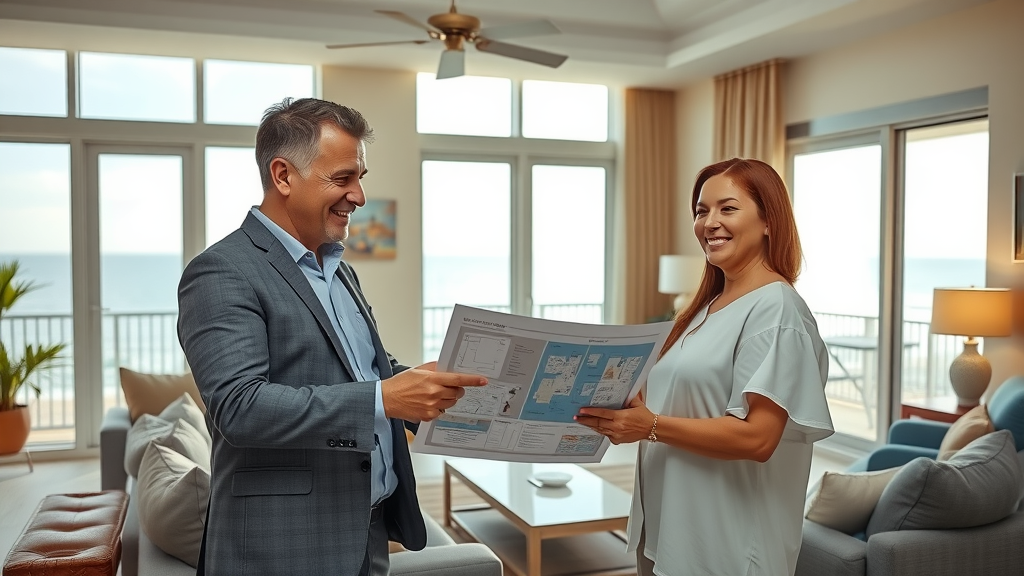
Public Schools and Community Life: Raising a Family in Myrtle Beach
Myrtle Beach isn’t just a playground for vacationers—it's also a thriving home base for families. The area’s public school system has improved in recent years, but performance and resources can vary by district and neighborhood. Many communities invest in strong PTA programs and after-school activities, supplementing areas where school resources may be stretched due to population growth.
How Myrtle Beach Schools Measure Up
Parents report a mix of experiences: some schools, especially in rapidly growing neighborhoods like Carolina Forest, shine thanks to dedicated staff and modern facilities. Others face challenges typical of rapidly expanding communities, like rising class sizes and limited extracurriculars. That said, living in Myrtle Beach provides access to robust youth sports, family festivals, and safe parks, ensuring kids have chance to thrive outside the classroom.
The balance between affordability and available resources remains a key consideration for families thinking of moving to Myrtle Beach . For many, the trade-off is worth it: afterschool adventures can include building sandcastles or exploring local wildlife preserves, and small-town charm fosters a strong sense of belonging. With open communication and proactive research, most families find a neighborhood that matches their priorities.
-
Reviews of local public schools and district resources
-
Pros and cons of raising children in Myrtle Beach
-
Community activities, youth programs, and family-friendly festivals

Pros and Cons of Living in North Myrtle Beach vs. South Myrtle Beach
Not all of Myrtle Beach is created equal— North Myrtle Beach and South Myrtle Beach each bring their own vibe and pace of life. North Myrtle Beach is prized for quieter stretches of sand and upscale residential enclaves, perfect for early morning beach walks and evenings of tranquil ocean views. There’s less nightlife but more space, attracting retirees and those seeking a calm coastal routine. In contrast, South Myrtle Beach boasts high-energy boardwalks, vibrant nightclubs, and a constant hum that appeals to social butterflies and younger crowds.
Community opinions are fiercely loyal, but both ends of the Grand Strand offer easy access to amenities like shopping centers, golf courses, and public events. Traffic, especially during peak months, is heavier closer to South Myrtle Beach, so location ultimately depends on whether you crave excitement or a slow-paced retreat.
-
Comparing community culture, beach access, and amenities
-
Differences in nightlife, traffic, and seasonal crowding
-
Local opinions on which part of Myrtle Beach feels most like ‘home’
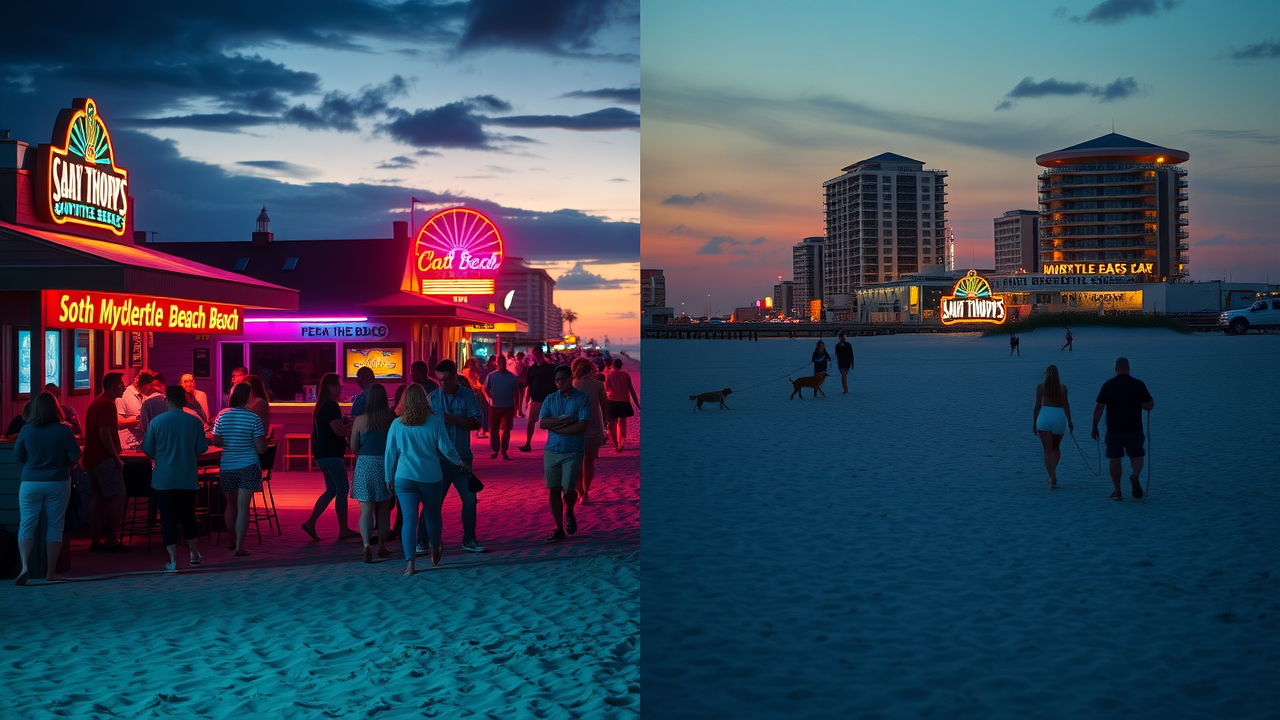
Living in Myrtle Beach Year-Round: The Grand Strand’s Unseen Challenges
Year-round life along the Grand Strand brings a rhythm that visitors rarely see. Locals become adept at “weathering the storms”—both literal hurricanes and the figurative rush of seasonal tourism. When sirens sound for tropical storms, communities band together, boarding windows and sharing resources. Resilience is a badge of honor here, and reliable insurance—and good neighbors—are absolute musts.
Weathering Hurricanes and Tourist Highs: Local Survival Tips
Seasoned residents know to keep an eye on the tropics from June through November. Preparing for hurricane season isn’t optional; it’s part of the local lifestyle, along with maintaining flood plans, securing insurance, and keeping emergency food and water on hand. When storms pass, neighborhoods rally together, turning recovery into a community effort.
Coping with the tourist surge means planning errands for off-peak hours and knowing which backroads will keep your blood pressure down. For some, the excitement of summer brings energy and opportunity; for others, off-season tranquility is the true reward. Either way, a flexible attitude and sense of humor go a long way on the Grand Strand.
-
Preparing for hurricane season
-
Strategies for coping with surge tourism
-
How locals balance tranquility and excitement
"Every hurricane warning reminds you why insurance is so critical here — and why you need good neighbors." – North Myrtle Beach resident
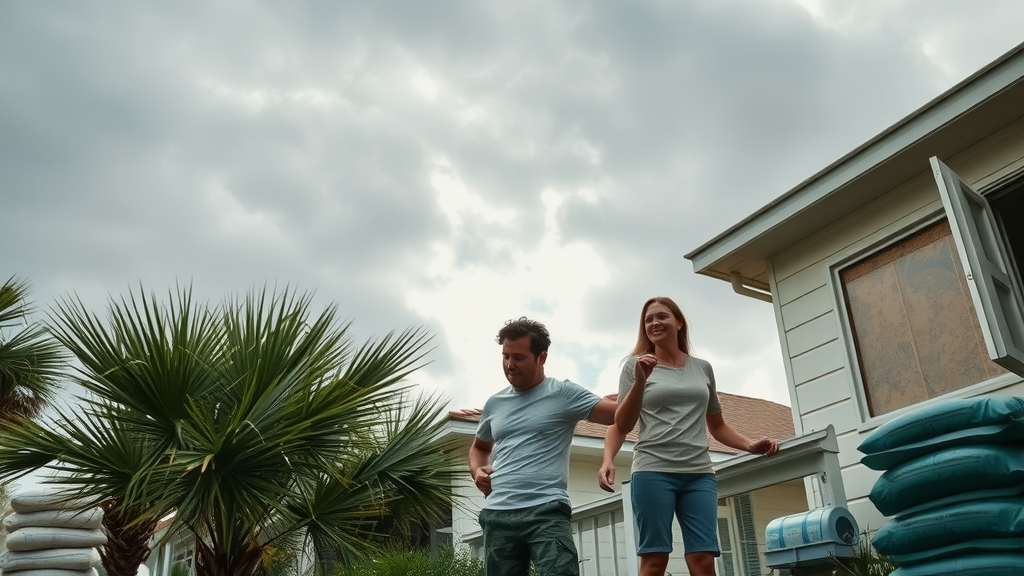
People Also Ask: What are the downsides of Myrtle Beach?
Direct Answer: Despite its beaches and charm, Myrtle Beach faces drawbacks such as hurricane risk, crowded summers, parking shortages, and high dependence on tourism for jobs.
The cons of living in Myrtle Beach are real: hurricane season brings uncertainty (and insurance complications), while packed summers can test your patience with noise, traffic, and even beach space. Employment often hinges on tourism cycles, meaning some career fields can be unpredictable in the off-season.
Locals and newcomers alike balance these realities with the area’s many perks and make strategic decisions to turn challenges into opportunities for connection and growth.
People Also Ask: Is moving to Myrtle Beach a good idea?
Direct Answer: Moving to Myrtle Beach can be a great choice for those seeking affordability, oceanfront living, and outdoor activities, but it’s essential to weigh the pros and cons including seasonality and job stability.
For many, the Grand Strand offers a rewarding antidote to high-cost, high-stress city life. If you’re drawn to the beach area , warmer climate, and a tight-knit community, the move can truly be transformative. But be honest about your career needs, your tolerance for summer crowds, and how much unpredictability you’re willing to accept when weather or tourist swings hit.
Do your homework, talk to locals, and make sure your reasons align with Myrtle Beach life realities.
People Also Ask: What to be careful of in Myrtle Beach?
Direct Answer: Watch for hurricane season, changing real estate prices, high-demand summer months, and variable public school performance before moving to Myrtle Beach.
Keep a sharp eye on property values, which can vary from one neighborhood to the next (especially between summer and off-season). Be proactive about weather risks: secure robust insurance and talk to neighbors about their contingency plans. Families should also research public school ratings and local youth programs, which differ widely across districts.
Simply put, a little local research goes a long way in setting realistic expectations for your move.
People Also Ask: What salary do you need to live in Myrtle Beach?
Direct Answer: To comfortably cover cost of living in Myrtle Beach, a salary of $45,000–$60,000 is recommended, depending on family size, lifestyle, and housing choices.
The number is flexible, but budgeting for around $50,000 a year covers home, utilities, food, transportation, and the occasional summer spike in prices. Those seeking a lower-cost (but fulfilling) lifestyle often supplement with part-time work or entrepreneurial side gigs tied to the tourism industry . Living within your means, especially with affordable real estate, is very achievable.
This salary guideline allows for some cushion—so you enjoy everything Myrtle Beach has to offer without financial stress.
Essential FAQs About the Pros and Cons of Living in Myrtle Beach
-
Is Myrtle Beach’s job market truly seasonal?
Yes, most jobs—especially in tourism, hospitality, and retail—fluctuate based on visitor numbers. Career-minded newcomers should research opportunities in healthcare, education, or remote work for more stability. -
How do locals handle traffic and crowded summers?
Many plan outings for early morning or evening, use backroads, or join community social groups to navigate busy times with less stress. Patience and flexibility are key! -
Is it safe to live near the ocean?
For the most part, yes—especially with strong storm preparation. Flooding and wind damage are seasonal concerns but manageable with insurance and community support. -
Which neighborhoods offer the best quality of life for retirees, young families, or professionals?
Neighborhoods like Carolina Forest and Market Common are favorites for families, while North Myrtle Beach and some golf course communities attract retirees. Professionals often seek condos near downtown or in commuter-friendly areas.
Final Thoughts: Should You Consider Living in Myrtle Beach? An Honest Perspective
"It’s not for everyone — but if you crave beach life, southern hospitality, and an ever-changing scene, Myrtle Beach’s pros usually outweigh the cons."
Take action: talk to locals, tour neighborhoods during different seasons, and make your move only when the beach culture, budget, and pace match your priorities.
If you’re eager to deepen your understanding of what life on the Grand Strand truly entails, there’s always more to discover. Exploring the full spectrum of Myrtle Beach’s lifestyle—from its vibrant festivals to the subtle shifts in community culture—can help you make a more informed decision about your next move. For a broader perspective and even more firsthand stories, check out this in-depth look at the pros and cons of living in Myrtle Beach . Whether you’re seeking practical relocation tips or want to uncover the nuances that make this coastal city unique, you’ll find valuable insights to guide your journey.

Stay in the Know — Don’t Miss a Beat on the Grand Strand!
-
Subscribe to GrandStrandSpotlight.com and get the latest Myrtle Beach events, local stories, and must-do activities delivered straight to your inbox. Whether you're a local or just love the Grand Strand vibe, we’ve got your insider scoop covered. 👉 Join the community — it’s free and takes just a second!
Living in Myrtle Beach offers a unique blend of advantages and challenges that potential residents should consider.
Pros:
-
Breathtaking Beaches and Outdoor Recreation: Myrtle Beach boasts miles of pristine coastline, providing residents with easy access to stunning beaches and a variety of water sports. The pleasant year-round climate allows for enjoyable beach activities throughout all seasons. ( redfin.com )
-
Affordable Cost of Living: Compared to other coastal cities, Myrtle Beach offers a relatively affordable cost of living. Housing costs are lower than in many coastal areas and even below the national median, making it an attractive option for many. ( rent.com )
-
Abundance of Entertainment and Attractions: The city is renowned for its numerous golf courses, amusement parks, live theaters, and a vibrant nightlife scene, ensuring there’s always something to do. ( redfin.com )
Cons:
-
Heavy Tourist Traffic: As a popular vacation destination, Myrtle Beach experiences a significant influx of tourists, especially during the peak summer season. This leads to heavy traffic congestion and crowded public spaces, which can be challenging for daily commuters. ( redfin.com )
-
High Humidity and Heat: Summers in Myrtle Beach are hot and humid, which can make outdoor activities uncomfortable for those not accustomed to the southern climate. ( rent.com )
-
Seasonal Employment: The economy is heavily reliant on tourism, leading to seasonal job fluctuations. Many hospitality, retail, and service industry jobs peak in the summer and slow down in the winter, potentially affecting employment stability. ( rent.com )
In summary, Myrtle Beach offers a vibrant coastal lifestyle with affordable living and abundant recreational opportunities. However, potential residents should be prepared for seasonal tourist influxes, hot and humid summers, and a job market that can be seasonal in nature.
 Add Row
Add Row  Add
Add 

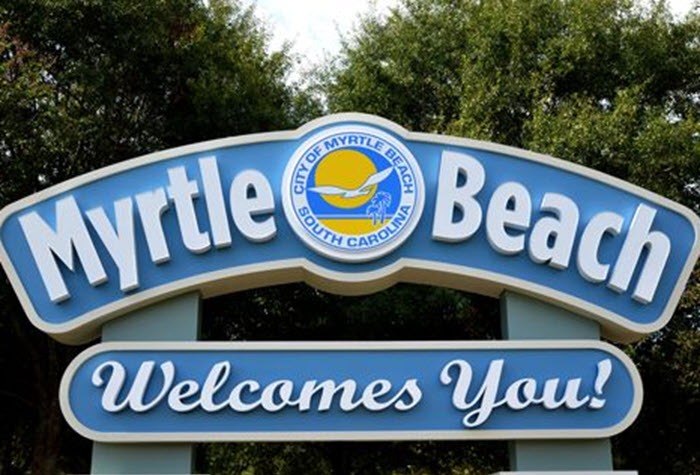

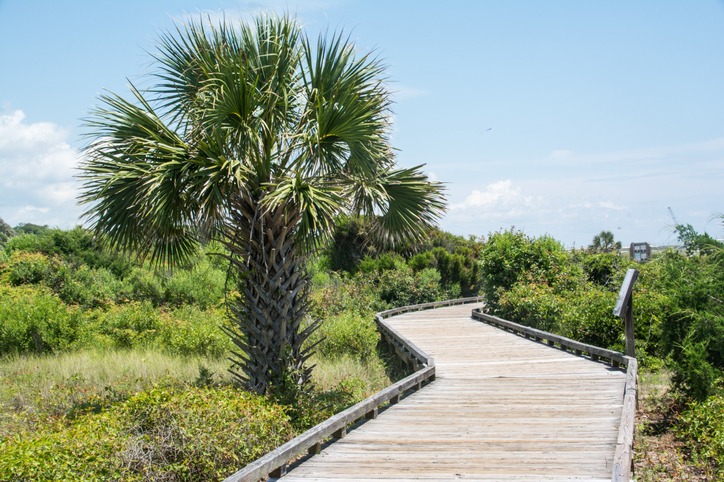
Write A Comment